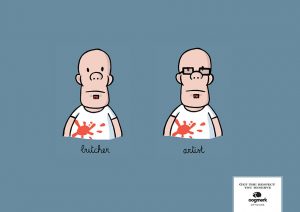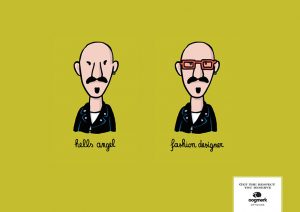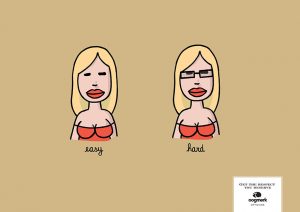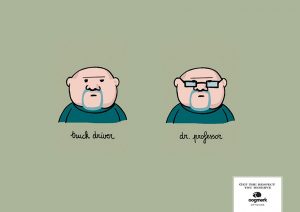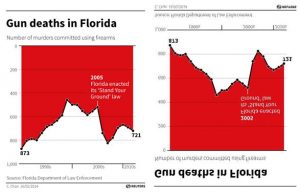When I have a terrible day and someone tells me they like my shirt or they check in on me, I hold on to that for a while. And the next time I have a terrible day, I try to remember those moments and do the same for my friends when they have a bad day. Over time we pull each other along and eventually are in a place where we can do that for others, or have enough energy and motivation to address larger issues.
I really like Goska’s phrase that “The problem is not that we have so little power. The problem is that we don’t use the power we have.” I think this gets at a lot of issues, but I am a bit concerned that she is discounting the structural factors. The idea that even if every single person on earth chose to reduce their personal carbon footprint, we would still be facing an irreversible climate crisis on account of the impact of corporations. However, that is not to say that personal choices, such as recycling or using green energy don’t matter. They do. They make a difference no matter how small that would not exist otherwise, and every time one person does something, it makes it more likely that another person will follow in their steps. But there is a structural component more than just late-stage capitalism. This has roots in a history of colonialism and exploitation of subaltern countries. About a quarter of the world’s population has no access to electricity. They are not the ones who need to worry about their energy consumption. It’s the people in the global 1% who can make a more significant difference, but its the ones in the 0.1% (leaders of corporations like Exxon, Amazon, and Google) who can make even more impact. I think that people in these positions are obligated to address vulnerable populations and global issues, but not everyone agrees. That’s why even one person making a change in their life can put more and more social pressure on others to do the same. If everyone went ‘green’ we would still have an irreversible climate crisis, but it would also influence the actions of those larger than us, like nations and corporations, to follow suit.

